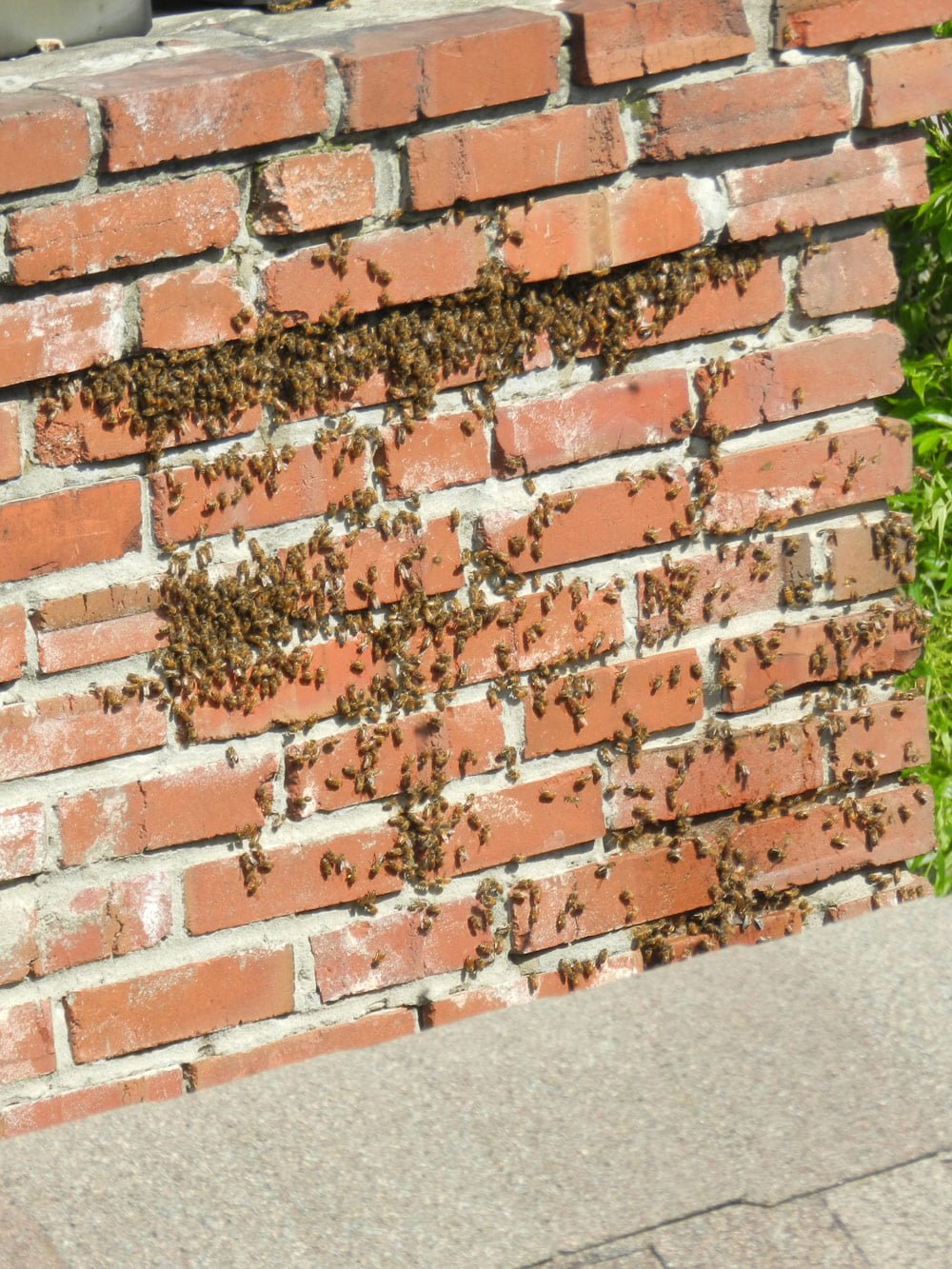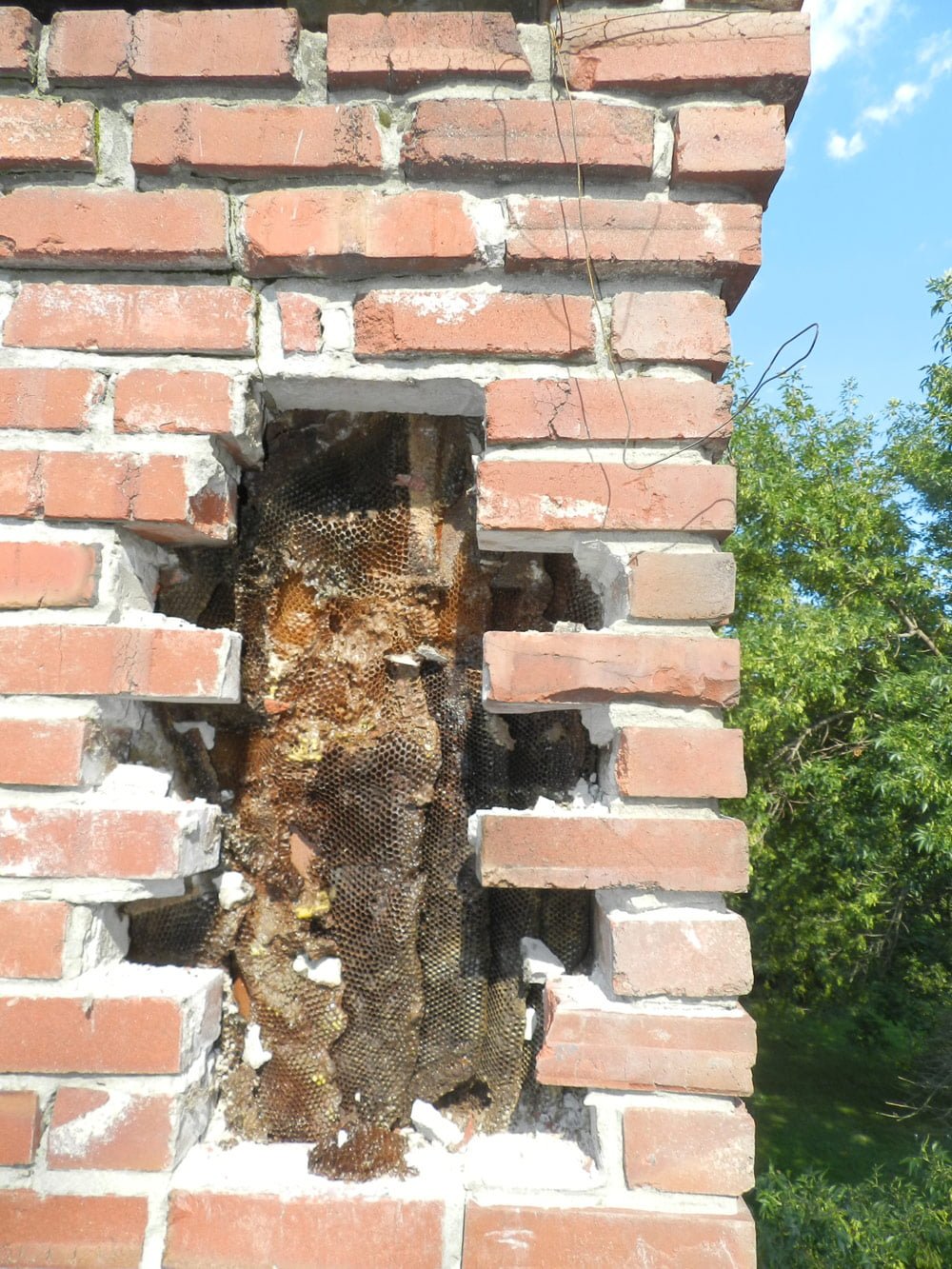Kansas City, Missouri, Pest Control and Wildlife Removal Company
Your Trusted, and Local, Professionals
If you have pests (ants, termites, bed bugs, etc.) or wildlife (bats, raccoons, squirrels, snakes, moles, etc.) problems in your home and business – we can help. We are local professionals with a biologist on staff and have been providing service at reasonable prices since 1989 – we are NOT a franchise. We are licensed, insured, trusted — and have over 500 positive Google reviews. If you need repair services along with wildlife removal: we are one of the few wildlife organizations in KCMO that can provide quality repair services – saving you the hassle of finding and hiring a general contractor.
If you are located in Kansas City, Missouri and need wildlife control or pest control — give us a call at (816) 769-3106 or use the contact form. We will reply to your message.
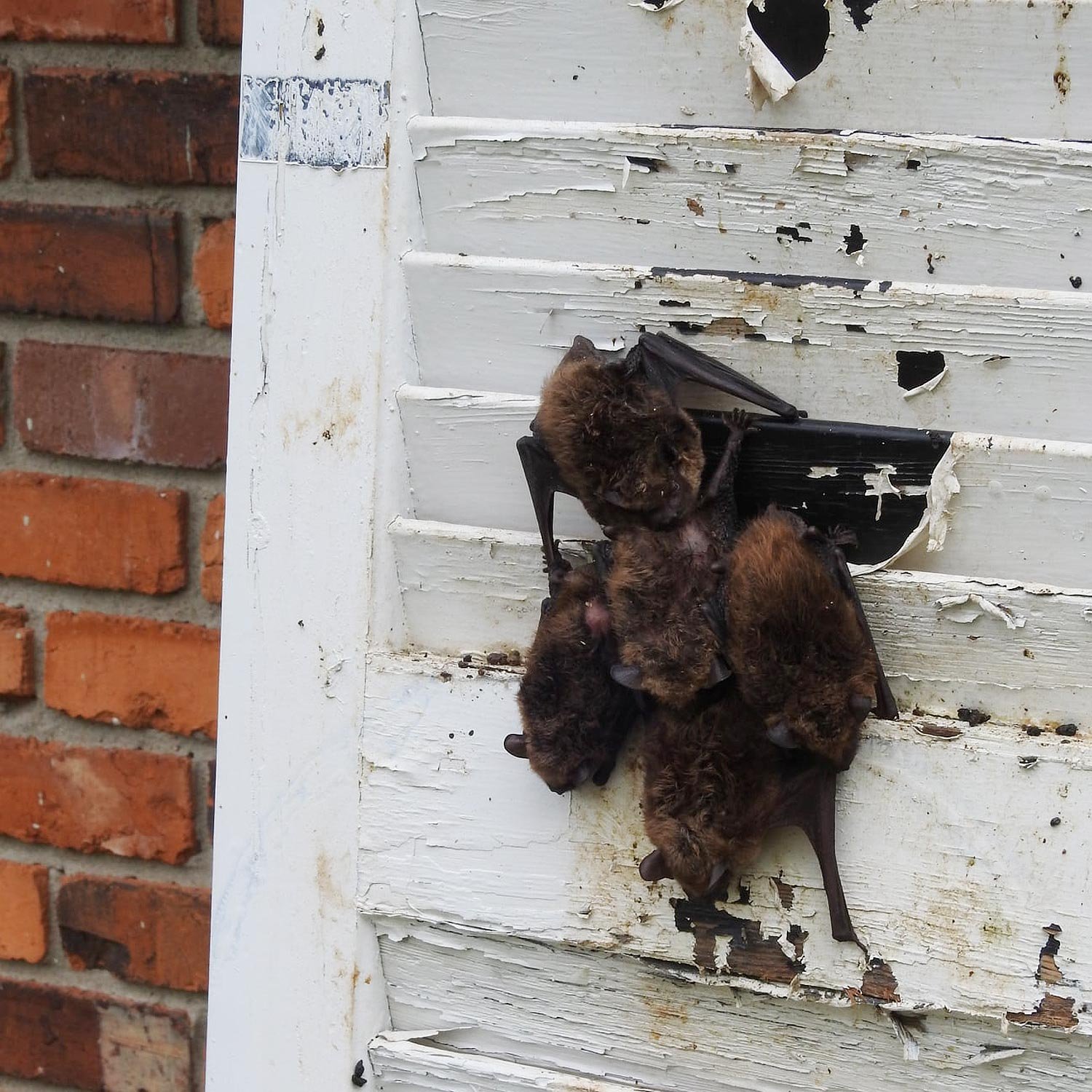
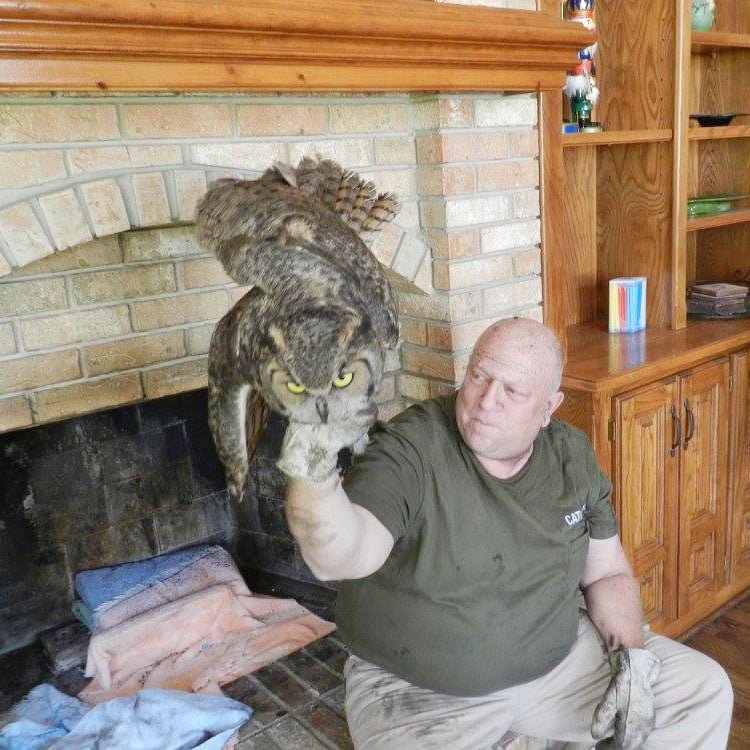





SOME STORIES
Kansas City, MO - groundhog in basement | Click to Expand
A homeowner contacted us about a groundhog inside their basement. The groundhog had gotten in through a ground-level soffit that had partially decayed (first photo). Once inside the basement the groundhog got lost. While trying to get out of the basement the groundhog was attempting to tear through the door to the upstairs (second photo). When we arrived, the groundhog was hiding under the stairs (third photo). The easy approach here is that we could have set a few traps and come back later -- but we didn't want to leave a groundhog on the loose in this person's home. One of the advantages of having worked with animals for decades is that we have a few tricks up our sleeve for gently coaxing a frightened animal to move. We soon had the groundhog in a trap (final photo) and were able to safely relocate it.
National Franchise quotes $18k for attic insulation from mice ?! | Click to Expand
A KCMO homeowner called us because they wanted a second opinion before spending $18,000 with an unnamed National Franchise having their attic insulation replaced due to mouse droppings. First, I had to pick my jaw up off the floor. $18,000 for insulating a house? We've insulated businesses and churches that cost $18,000 or more, but a house? That sounds very high. Second, mouse droppings?! Sure, no one likes droppings, but let's be reasonable here: mouse droppings are not hazardous. When we say that bat and raccoon droppings/feces/guano are hazardous, we're not simply promoting our services or trying to scare people into calling us - bat and raccoon droppings are hazardous to humans. The CDC lists those hazards on their website. But mouse droppings? First, ok, yes, make sure you don't have active mice. Then second, sure, clean that "stuff" up where you see the mess - but you don't have to throw out thousands of dollars of insulation in your attic and bring in new insulation due to mice. As I said, the homeowner called us because they wanted a second opinion before spending $18,000 with the unnamed National Franchise. We offer free inspections for insulation estimates only. All our inspections include entering the attic to inspect for any signs of animal or pest activity as well as evidence of damage, such as wire damage, flex tube damage (very common if squirrels or raccoons are present), etc. Our job is to protect your home. Each technician will take pictures to show the homeowner what was found. We can email or text these pictures to the customer for future reference. We went out and inspected the attic and provided the homeowner with a report along with our recommendations. What did we find? Two little mouse droppings. That's it. This is not what would be considered an infestation, and even if there was a larger quantity let's not forget that, despite any type of waste being unclean and unpleasant, mouse droppings are not hazardous. You don't have to throw EVERYTHING out. Only in EXTREME situations would we even consider removing attic insulation because of a mouse infestation. The homeowner called us up later in the day, expressing appreciation for the professionalism and expertise demonstrated by our technician, and saying that they are ending their business relationship with the unnamed National Franchise and will only call us in the future for any type of pest or animal control need. What's sad about this situation is that this is not an isolated instance. We've heard and seen this before. It's too bad that not all businesses choose to conduct themselves in an ethical and honorable fashion. Whether the franchise was simply being greedy and purposely trying to take advantage of this homeowner, or whether the franchise innocently thought that mice droppings were hazardous and doesn't know what they are doing - neither one of those bodes well for the franchise. For us? What more can we do besides be here, and available. We're continuing to conduct business the way we have for over 30 years. We might be considered "old school" because we're not greedy and are not quoting high prices for unnecessary work and have spent years studying and gaining knowledge and experience in this arena, but we believe that, in the long run, this is the proper way to do business.
Bats Entering BASEMENT Through a Broken Chimney | Click to Expand
Here's a bat removal job that we handled in Leavenworth, Kansas. The call came in the spring and when we arrived to inspect the home the bats already had pups (babies). We quickly found the access point: a damaged chimney crown. The bats were using this to access a heater vent and then getting down into the the homeowner's basement - which brings up an interesting point: bats don't always get into attics, it is not uncommon for them to suddenly appear in other parts of a home. Bats are an important part of our local ecology and are protected by law. We needed to find a way to protect the bats and their pups until the pups were mature and able to live on their own - but at the same time it's not really acceptable to have bats flying around this dear lady's basement. We installed a mesh screen in the basement so that the bats were contained to a small area and would not be flying around. A few months later the pups had matured and we installed one-way doors so that the bats could exit, but not re-enter, the home. Next we repaired the damaged chimney crown. This is an important part of what sets us apart from other bat control companies: we not only do repair work, but we do quality repair work. With other companies you often have to hire a contractor to handle repairs. The photo shows the repaired chimney crown. Later, we also installed a chimney cap, and it's too bad we forgot to get a photo of the final chimney!

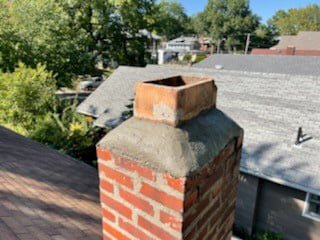
Bees in Chimney | Click to Expand
Honeybee problems are rare, but they happen. There are over 400 species of bees local to the Kansas City area, with 3 invasive European honeybee species also present. Bees can create colonies within soffits, as well as within or behind brick or stone chimneys. Any cavity within a natural or manmade structure can be used by the bees to create a hive. This particular job was in Raymore, MO. Bees had gotten inside a brick chimney through loose mortar, and, over the course of several years, had built a good-sized hive. The bricks had to be removed so we could safely remove and relocate the hive. What!? We removed and relocated the hive? We didn't just blast the bees?! Remember, we have a biologist on staff here at Catch-It and we've said that we care about our ecosystem -- those words are not just meaningless "marketing talk". The fact is that bees are an important part of our environment and ecology --- bees are so important that life as we know it would not be the same without them. We try to preserve honeybees anytime we can. While, frankly, it is not always practical or feasible to preserve them, we do try. Back to our story... After removing and relocating the bees our next focus was on cleanup. All remaining pieces of the hive, as well as honey, has to be removed to prevent other insects from creating more problems in the future. Once the clean up was complete we used a special sealant to block the odor to prevent any future infestation (photo below). The final step (not pictured, and we're kicking ourselves for not getting a photo as it looked so good!) is to seal any vulnerable points of entry to prevent a future bee infestation and repair anything necessary related to the project. One of the benefits of choosing Catch-It is that we provide repair services - which saves you the hassle of locating a contractor to handle a repair project. In this case, we reinstalled the brick to repair and seal the chimney.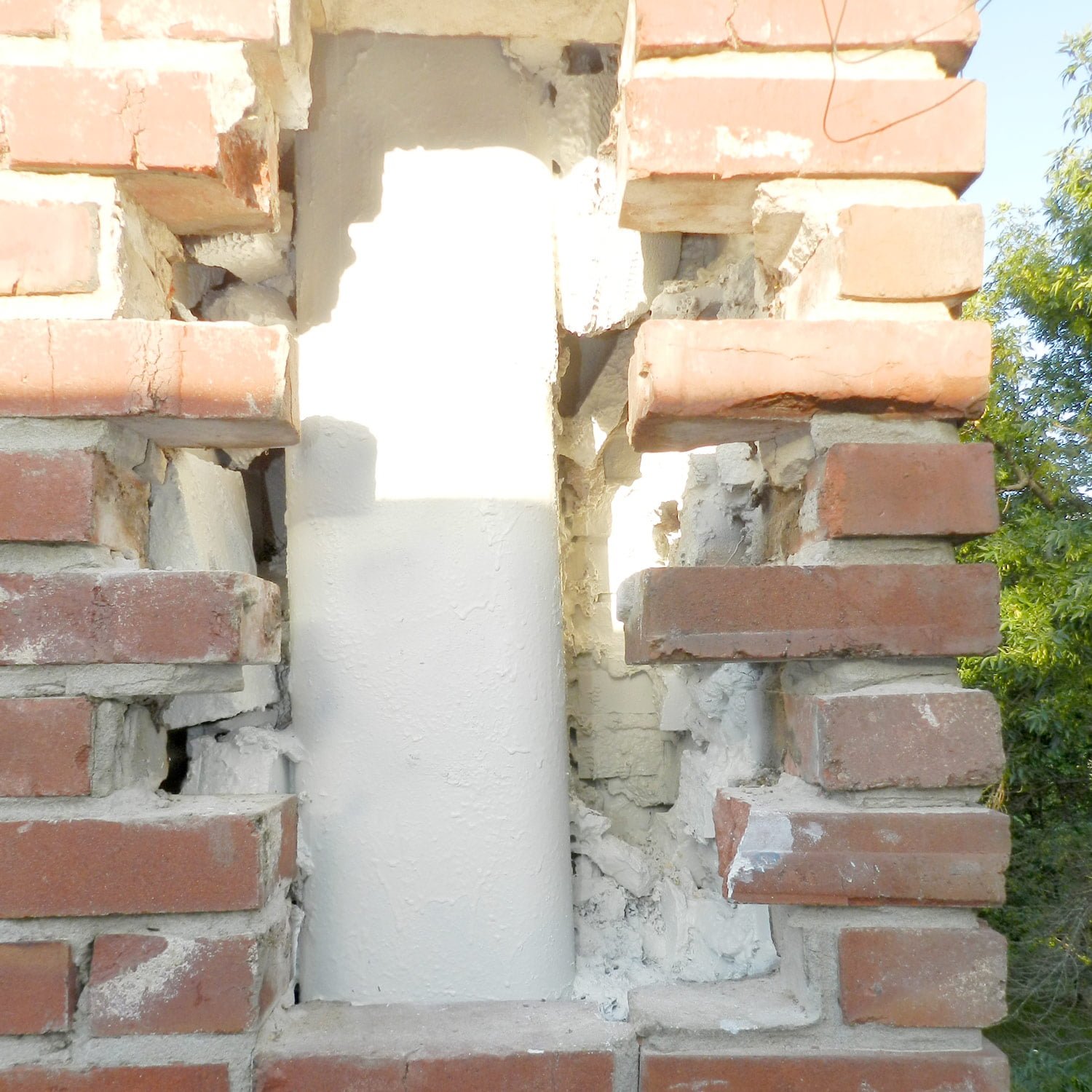
Our Kansas City, MO, Services Include:
Contact Us Today in KCMO
Feel Comfortable In Your Home Again
Hi there, I'm Steve, the Owner of Catch-It, and I personally handle all incoming inquiries from the website. If you have a question or need help, send me a message via the form below and I'll be in touch with you soon (often the same day). If your query is urgent, please give us a call at (816) 769-3106.
Why Choose Catch-It?
We love animals!
We love animals, which is why we have a biologist on staff. Before hiring any Wildlife Control company (whether they are a National Franchise or a small one-person operation that's been in business 2 years) you should ask if they have a biologist on their team!
We want to see animals live happy and healthy. Our preferred method of animal control is always safe and humane relocation. If lethal methods are required we carefully utilize humane methods approved by the American Veterinary Medical Association.
Over 30 years in business and 500+ Google reviews!
You can call a big national franchise with inflated prices and high employee turnover - or you can call us, local experts who have been doing this for almost 35 years and have thousands of satisfied customers here in Kansas City.
True experts!
We can identity different types of animals, often by reviewing the damage our customers have experienced. The mitigation/removal approach we take varies per animal, species, and even customer. We have been doing specialty wildlife and pest control work for decades and have seen it all. We've solved every animal and pest problem that exists -- don't hesitate to reach out and let us help you.
Kansas City, MO City Information and Sources
Kansas City, Missouri, often hailed as the “Heart of America,” is a vibrant metropolis that offers a rich tapestry of cultural, historical, and natural attractions. With a population exceeding 500,000, it stands as Missouri’s largest city, straddling two states and embodying a unique blend of Midwestern charm and urban sophistication. Known for its legendary Kansas City-style barbecue, the city boasts over 100 barbecue restaurants, each serving up mouthwatering dishes that are a testament to its culinary prowess.
For those considering making Kansas City their home, the city offers a robust economy, a thriving arts scene, and a median household income that reflects its prosperous community. The city’s school districts are dedicated to providing quality education, preparing the next generation for success in a dynamic world.
Nature and wildlife enthusiasts will find Kansas City’s commitment to green spaces and conservation efforts particularly appealing. The Missouri Department of Conservation highlights the state’s rich biodiversity, including a variety of mammals, birds, and aquatic life that contribute to the region’s ecological balance. Kansas City’s numerous parks and trails offer residents and visitors alike the opportunity to connect with nature, whether it’s observing local wildlife or enjoying outdoor recreational activities.
Main attractions such as the National World War I Museum and Memorial, the vibrant jazz scene, and the iconic Country Club Plaza shopping district, along with major employers and a welcoming community, make Kansas City a compelling place to live. Whether you’re drawn to its historical roots, cultural richness, or the call of the wild, Kansas City promises a fulfilling and vibrant lifestyle.
Sources:
- https://www.kcmo.gov/
- https://data.census.gov/profile/Kansas_City_city,_Missouri
- https://kctoday.6amcity.com/city-guide/live/interesting-facts-kansas-city
- https://facts.net/world/cities/42-facts-about-kansas-city-mo/
- https://www.visitkc.com/visitors/things-do/trip-ideas-tools/discover/kc-overview/kansas-city-trivia
- https://mdc.mo.gov/wildlife/wildlife-facts
- https://www.wildlife.k-state.edu/species/
- https://www.bls.gov/eag/eag.mo_kansascity_msa.htm
Frequently Asked Questions
Do you have the proper insurance to protect our home or business?
Yes, we carry Worker’s Compensation and General Liability insurance of $1 million.
Are you properly licensed to do Wildlife Control work?
Yes, we are licensed as required by any state and we comply with all municipal, state, and federal laws.
What type of training do you and your technicians have?
Most of our Wildlife Technicians have a Wildlife Biology Degree, Biology Degree, Wildlife Management Degree, or a degree in a very similar or relevant field. We also understand that learning is a never-ending process. We strive to keep abreast of the most recent technologies and techniques for resolving wildlife conflicts. The President of Catch-It Wildlife Damage Control, Inc. has been trapping for over 30 years and started the company in 1989.
Will you do an inspection of our home to find what and where the problem is?
Yes, we do a complete and careful inspection of the exterior portion of the home. We may also check the home from the ground or roof if it is necessary. We will do whatever is needed to resolve your problem. If any other problem is found during this inspection, we will inform you of the situation and resolve the issue if requested. Examples would be bird entry points or any other animal infestation point.
Will you inspect the attic also?
Absolutely, we will check for any wiring that may have been gnawed on by animals or damaged by pests. We will notify you of any other problems immediately after we discover them. (keep in mind that, while we do check for wire damage and we can handle general construction repairs, we are not electricians and do not handle electrical repairs)
Can you repair the damage done to my home by animals or pests?
Yes, we can complete most repairs. We install sheet metal over points of entry to prevent any future infestations. We also install chimney caps, roof vents, weather stripping, screen louvered vents, and install bird-proof covers over dryer and bathroom vents. Of course, this is only a sampling of what we can do – instead of posting a comprehensive list that would be boring to read through, it’s easiest to just discuss what we can do when going over the inspection report and estimate.
Do you use lethal methods on wildlife?
Yes, we use lethal and live trapping methods. In most situations the lethal methods are the most efficient. Also, by using this method there will be no fear of the animal returning to cause further problems for you or your neighbors. Lethal methods are the norm in the wildlife control industry.
When an animal is caught when will it picked up?
Traps are checked 7 days a week, once every 24 hours. Customers are asked to contact their Wildlife Technician once an animal is in a trap that has been placed. If you contact your technician, the animal will be picked up the same day and often less than an hour. Times may vary, yet picking up animals as quickly as possible is one of our top priorities!





